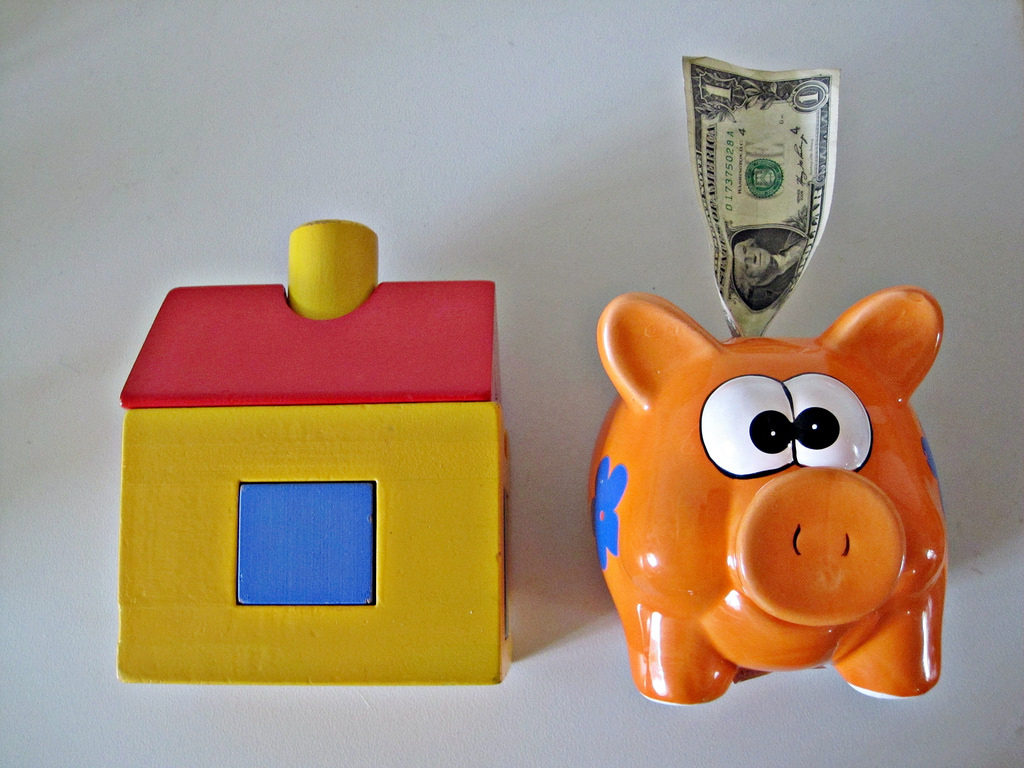It’s always an exciting time when you purchase your first – or next home, and you might yourself rushing through the duller parts of home ownership, such as organising the insurance. Insurance isn’t exactly an exciting part of owning anything of a higher value such as cars, homes, or other big ticket items like snowmobiles or seadoos, but insurance is probably THE most important thing in the event of accidents or sudden loss due to things like natural disasters or force majeure. Read on to find out more about the three most common mistakes and how best to avoid them.
Under-insuring – One of the biggest pitfalls
Most homeowners think that insurance only needs to cover the exact amount of their mortgage or the exact amount of the value of their home, but if something irreparable or utterly destructive were to happen, it’s unlikely that this would cover the cost of rebuilding or replacing that which was lost or damaged. The best thing to do is to check with a qualified home replacement cost estimator to get the accurate price for a full rebuild in the event of destruction. Look out for wording such as extended replacement coverage – where the insurer covers up to 125% of your policy maximum to rebuild. Another is guaranteed replacement coverage, which means your insurer will pay for the replacement, regardless of policy and cost.
The right coverage for you – and your area
Sure – it’s easy to get wrapped up in all the things your insurance covers, but what about the things it doesn’t cover? Some acts of nature such as damage by wind might be covered, but what about all out destruction in the event of a hurricane or tornado or other event like earthquakes? Floods are additionally another event that are frequently not included in insurance cover and can be utterly devastating not to just the house itself, but to all the possessions within the house as well – and many people often just assume that they have flood coverage. Depending on your geographical area, you might think you’re immune to certain acts of nature – but consider the ones you aren’t immune from. Is there the possibility of flooding from heavy snowfall/quick melt? Heavy rains? High winds? Forest fires?
A quick note here is for people who rent out properties to tenants. Special landlord insurance is always required in order to do this to keep you and the tenants protected. Tenants will have their own specific insurance for their personal belongings within the property, but you will need specific insurance still for the building as a whole.
Assuming your deductible is one flat rate
Many people assume that the deductible on their insurance policy is a flat rate, such as $500 or $1000, or whatever it was when you first organised and bought the policy. The issue here is that when there is a huge issue such as destruction from earthquakes, hurricanes or tornadoes is that the deductible then changes from a flat rate as arranged into a percentage of your coverage. Some percentages can be as high as 15 or even 20 percent of your coverage, meaning your deductible is something absolutely obscene depending on the coverage. For example, 20% on a $400k home would be around $80k. Not exactly a couple hundred dollars, so this is an important factor to consider.
So there you have three of the most common mistakes that homeowners make when purchasing and arranging insurance. Make sure you don’t fall foul and get adequate insurance.



